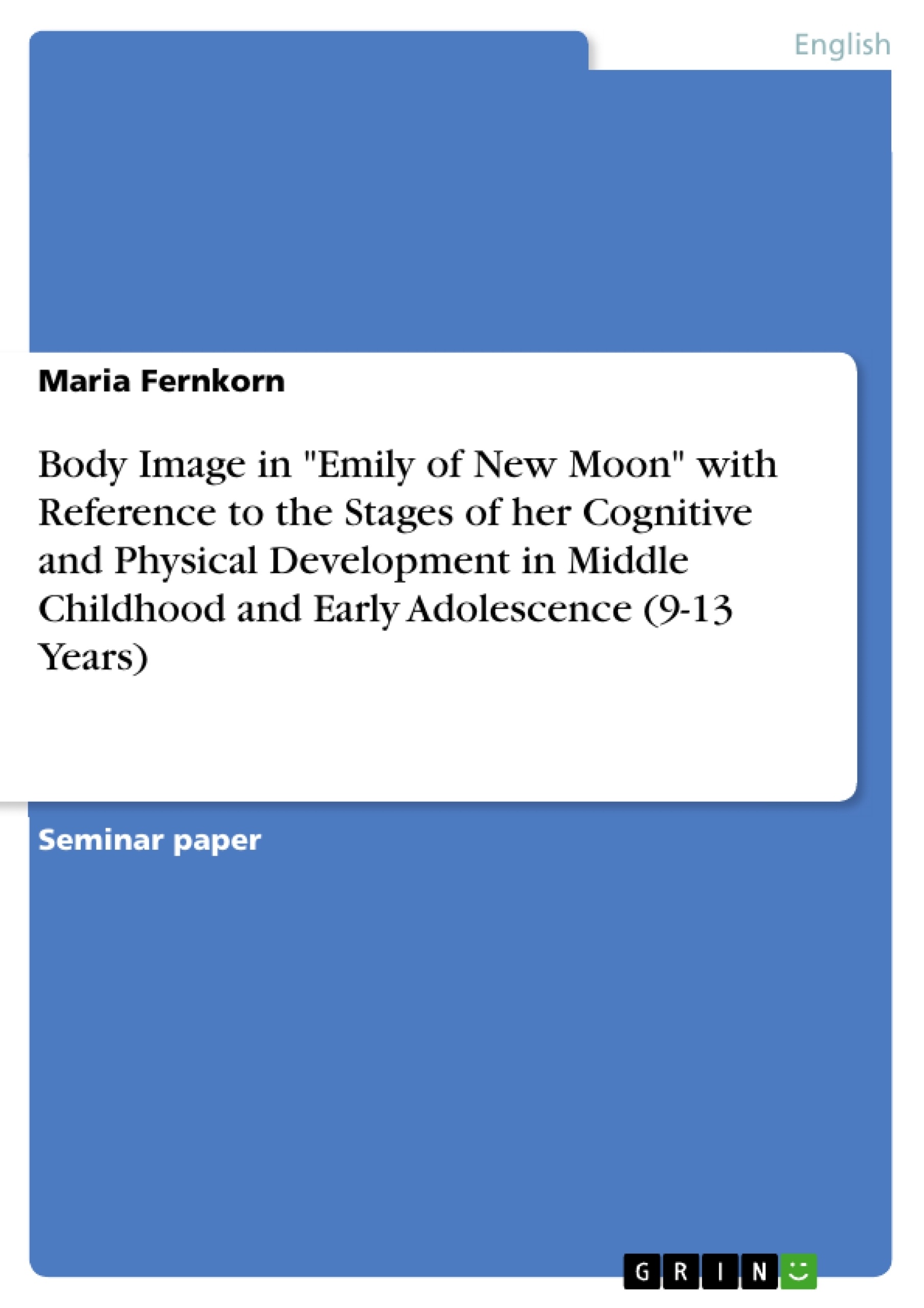„’Oh, I must write, Aunt Elisabeth,’ said Emily gravely, folding her slender, beautiful hands on the table and looking straight into Aunt Elisabeth’s angry face [...] ‘You see, it’s this way. It is in me. I can’t help it. And Father said I was always to keep on writing. He said I would be famous some day.’” (306)1
These sentences are taken from Lucy Maud Montgomery’s most autobiographical novel Emily of New Moon (1923) which is set in Prince Edward Island in Canada. The book draws a picture of a child who has lost her father and therefore is forced to get along with her New Moon kinship, who cares for her from that time on. It is no wonder that conflicts are preprogrammed between Emily, the young author who urges for freedom, and the conventional Blair Water people, especially Aunt Elisabeth, who is integrated in the social constrains of her time. Like Maud, as Montgomery was called, Emily nevertheless makes her way in the Victorian society in the beginning of the twentieth century and looks forward to a successful writing career at the end of the novel.
The aim of this paper is to trace Emily’s relation to her developing body in this first part of the Emily-trilogy, that is in the age from nine to thirteen. Furthermore, it is important to look at other people’s behaviour according to Emily’s own body image, which is a symbol for and immediately linked to the limitation of freedom the girl experiences in many different areas of the puritan society she lives in. To illustrate this connection, the main part of this paper deals with a chronological analysis of the different stages of Emily’s cognitive as well as physical development in middle childhood and adolescence and the reactions on it from her own and society’s point of view.
Table of Contents
- Introduction
- Main part
- General Description of Emily's Outward Appearance
- Emily's Relation to Her Body, Her Physical and Cognitive Development
- Conclusion
Objectives and Key Themes
This paper examines the relationship between Emily's developing body and her experiences in Lucy Maud Montgomery's novel *Emily of New Moon*. It aims to trace Emily's body image and self-perception throughout her childhood, focusing on the period between ages nine and thirteen. The analysis considers the influence of society, family, and peers on Emily's self-image and explores her struggles with freedom and self-determination in a restrictive environment.
- Emily's evolving body image and the symbolism of her physical appearance
- The impact of societal expectations and family dynamics on Emily's self-esteem
- The relationship between Emily's cognitive and physical development
- Emily's struggles for freedom and self-determination in a restrictive environment
- The role of romantic relationships in Emily's life and her emerging sense of self
Chapter Summaries
The first chapter introduces Emily, a young girl who has lost her father and is forced to adjust to a new life with her relatives. This section analyzes the symbolic significance of Emily's outward appearance, particularly her hair, which represents her creativity and talent for writing. The chapter further explores the conflict between Emily's artistic nature and the constraints of the Victorian society she lives in.
The second chapter delves deeper into Emily's relationship with her body, focusing on her physical and cognitive development. It examines how societal expectations, particularly those imposed by her aunt, limit Emily's freedom and self-expression. This chapter analyzes the influence of family and peers on Emily's self-esteem, exploring the challenges she faces in navigating the complexities of growing up in a restrictive environment.
The third chapter explores the development of Emily's relationships with other characters, including her aunt, uncle, and potential romantic interests. It examines how these relationships impact Emily's self-perception and the development of her individual identity.
Keywords
This paper explores themes of body image, self-esteem, freedom, and self-determination in the context of Victorian society and the developmental stages of middle childhood and adolescence. It analyzes the novel *Emily of New Moon* by Lucy Maud Montgomery, focusing on the protagonist's relationship with her body, her struggles for self-expression, and her interactions with family and peers. Key concepts include cognitive and physical development, symbolism, societal expectations, and the power of imagination.
- Quote paper
- Maria Fernkorn (Author), 2001, Body Image in "Emily of New Moon" with Reference to the Stages of her Cognitive and Physical Development in Middle Childhood and Early Adolescence (9-13 Years), Munich, GRIN Verlag, https://www.grin.com/document/55438



